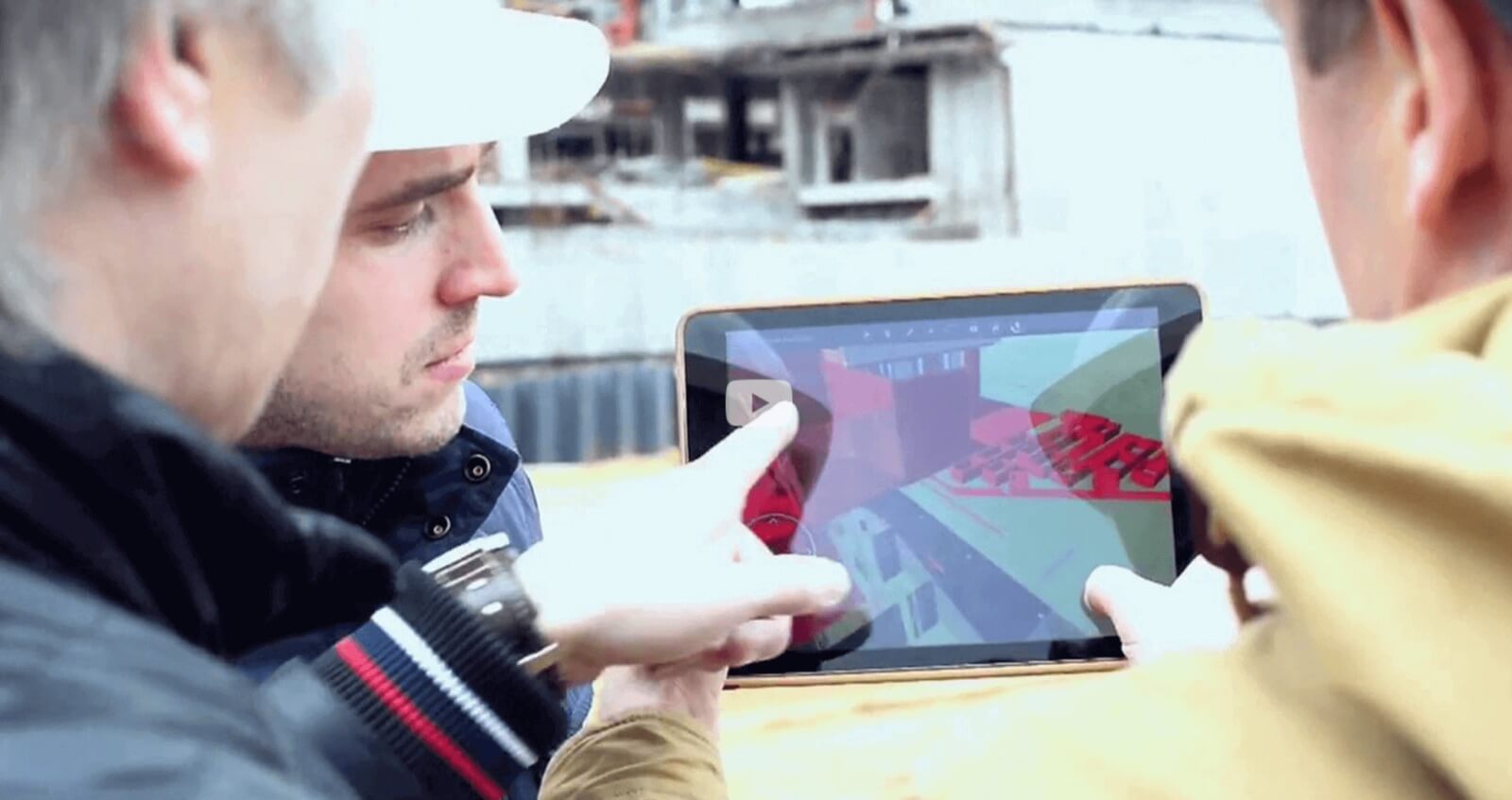4 Steps to a Successful BIM Implementation

BIM as a process focuses mainly on being a shared knowledge resource that offers information about a specific facility to help form a reliable basis for correct project-related decisions. The amount of benefits that a proper BIM implementation can offer is truly massive, including the overall increase in the design quality, better prefabrication, increased innovation, and more.
At the same time, the entire knowledge of BIM about a specific project can also be used long after the construction process is complete – in the process of regular building maintenance, for example. But still, there are a few examples of projects that are not benefitting from their attempt at a BIM implementation and suffer various problems, like increased costs, schedule delays, and so on.
The main reason for such problems could be the lack of a proper BIM implementation plan. A detailed fundamental set of changes in the form of a proper BIM execution plan is mandatory for everyone who wants to get all of the benefits that BIM can provide.
Developing a BIM implementation plan
We’ve already established that a proper BIM implementation plan needs to be sufficiently detailed. At the same time, it should be obvious that the plan itself needs to be established at the early stages of the project, or as early as possible in general since the plan itself would be evolving with the different project stages, modifying and updating itself at the earliest convenience.
Generally speaking, the contents of a proper BIM implementation plan should include the adequate level of details about the project itself, the information exchange routes, and the amount of support needed for the implementation to become a success.
Several different goals can be achieved with a proper BIM implementation plan, including:
- General understanding for organizations and parties involved and their roles and responsibilities.
- The ability to have a defined goal for the project, thus making it possible to measure the overall progress of the project’s completion.
- The plan could include all of the additional resources that are required for the successful implementation of BIM.
- The ability to design a process that could be executed with all of the participants and their advantages in mind.
Of course, it’s only natural for BIM as relatively new technology to have some level of the additional risk involved in the process when implemented by an inexperienced team. In the end, the entire team can gain value via the increased planning performance by reducing the number of blind spots in the plan, and thus reducing the overall risk of the project in general.
4 steps to a successful BIM implementation plan
Understandably, creating a qualified BIM implementation plan from the get-go might be problematic for a lot of people. This is why there are several different approaches to making a proper BIM implementation plan, even though they’re somewhat similar in the end.
Here’s one of such guides, it consists of four main steps, and each step has a separate description.
- Form your BIM goals and uses.
First of all, it’s essential to define the scope of your BIM strategy and what it should provide for your project by defining the general goals of the BIM implementation. These goals tend to vary depending on a lot of factors and might include positions like less schedule duration, increased quality, reduced costs, and a lot more. At the same time, another important part of this step is the list of BIM uses. A BIM use is a unique task within a project that can benefit from implementing BIM in that project, including cost estimating, space management, design authoring, and much more. Both BIM goals and uses serve as a good platform for the rest of the plan to be created over.
- Design the entire implementation process.
The next step is to create a general all-purpose map of all of the BIM uses and how they are interconnected with each other. It’s also not uncommon for more detailed maps to be created explaining one specific BIM use to make the entire process as clear as possible for all of the participants.
- Define the sender, the receiver, and the amount of information needed for each exchange.
After the appropriate maps are created, it’s time to figure out the information exchange processes between participants. Unlike the previous step, this one is mostly created in the form of a complex table that includes the information exchange type, the expected file format, the expected target application that works with the said format, both the sender and the receiver of the information, and many other parameters.
- Calculate the infrastructure that is needed for your BIM implementation.
Of course, you should have an infrastructure ready to support your plans. This plan should include things like delivery structure, contract language, various communication procedures, quality control procedures, technology base of the infrastructure, and more.
A complete BIM implementation plan should be capable of providing information about the specific topics listed below:
- General plan overview.
- Information about the project in question.
- Key contacts of the project.
- Objectives of this project.
- Roles and staffing in this organization.
- Process design (step 2).
- Information exchange procedures (step 3).
- Facility data requirements.
- Collab procedures.
- Quality control standards.
- The necessary level of infrastructure.
- Project deliverables.
- Contracts, and so on.
The process of developing the entire BIM implementation plan is often done by a dedicated planning team that consists of representatives from all of the project teams. Together this team builds the program in multiple steps beginning with general planning and then performing more detailed configuration and implementation. If the team in question is not experienced enough, it’s also possible to delegate the plan creation process to a competent third party.
Conclusion
As you can see, the BIM implementation plan is not exactly the easiest one to create. However, a lot of companies still attempt to do so, despite any problems, since the amount of benefits that a proper BIM implementation is capable of providing is simply staggering and worth all of the investments most of the time.




